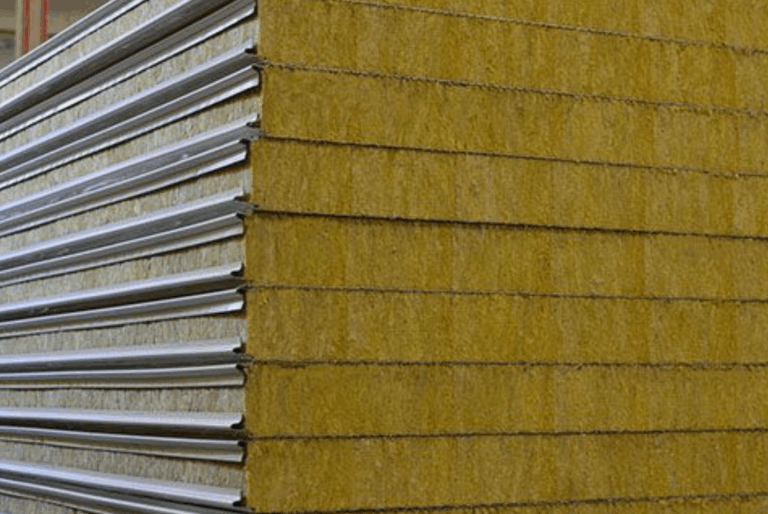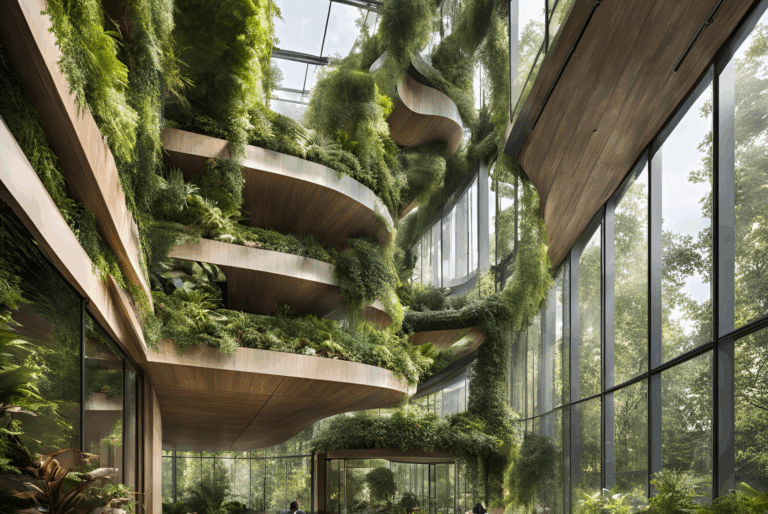Roofing solutions for sports facilities have seen remarkable advancements in recent years. Innovations such as thermo-acoustic insulating sandwich panels, geodesic structures, inflatable polyamide domes, textile membrane roofs, and even photovoltaic panel roofs are now part of modern sports architecture.
Most advancements in the sector originate from the need to address specific issues that sports facility managers know all too well: maintenance costs and energy expenditure.
Advancements in sports facility roofs
The roof of a sports facility is no longer just a structural element meant to provide shelter to an indoor sports hall or cover spectators with a canopy. Today, roofs are structures that optimize climate control and lighting expenses and can even generate energy when integrated with photovoltaic panels.
Thanks to the experience gained, companies like McMillan Insulated Panels guarantee flexible and customizable solutions: roofs of all shapes, sizes, heights, and technical specifications, capable of spanning large distances between pillars and covering vast open spaces.
Multi-sport facilities
In addition to energy savings, sports facility owners need to generate business and keep the facility active year-round through versatility. Modern sports halls serve multiple activities: from soccer to tennis, from basketball to volleyball and swimming. In these cases, there is a need for spaces that are comfortable in terms of environmental, acoustic, and lighting aspects.
The more solutions, such as skylights and roof lights, that are integrated into the building envelope panels, the lower the lighting costs. Using the facility during the hottest and coldest months means that the building envelope must provide total insulation along with climate control systems that minimize electrical consumption.
Eco-sustainable solutions applied to wood usage are currently generating interest. Wood remains one of the most used materials in construction, integrated into the decorative laminates of sandwich panels or as a construction element.
Some companies prefer using FSC-certified wood from forests managed according to the strictest sustainable exploitation criteria, also through recycling waste materials and using non-toxic dyes, paints, and adhesives for laminated panels.
Advantages of sandwich panels for sports facility roofs
Sandwich panels have been used for decades for refrigeration chambers, canopies, roofs, and industrial facades. With their multiple configurations, they offer thermo-acoustic insulation solutions, low cost, durability, and ease of installation and maintenance. They are custom-made and can span large distances between beams.
The internal insulation is made of materials such as polyurethane, polyisocyanurate, glass wool, or rock wool, the latter being a common choice if the panel needs to offer fire resistance. The insulation thickness can vary greatly depending on the needs, ranging from 30 to 200 millimeters depending on the panel type.
Each variation in material, both in terms of thickness and type of external coating, implies a difference in performance and weight of the panel itself. For sports facility roofs, the project designer can decide which qualities to prioritize in the roofing: durability, acoustic or thermal insulation, skylights for natural light, etc.
A sandwich panel can be anchored to beams and serve as a false ceiling and thermal insulation in an economical manner. It is also useful for renovating existing buildings and covering prefabricated concrete roofs. For installation, the roof covering must be removed, a framework of profiles installed, and the panels anchored to them. Installation can be improved on flat roofs if the profiles are installed with a slight incline, allowing the panels to form a sloped roof that facilitates rainwater drainage.
Eco-friendly solutions in modern sports architecture
In recent years, there’s been a significant push towards eco-friendly and sustainable solutions in sports architecture. This trend is driven by the dual need to reduce environmental impact and create healthier, more efficient facilities. Modern sports facilities are adopting green building practices that include energy-efficient designs, sustainable materials, and innovative technologies.
One notable trend is the integration of green roofs, which not only enhance the aesthetic appeal of the facility but also provide insulation, reduce rainwater runoff, and improve air quality. Green roofs are covered with vegetation and soil, creating a natural habitat that benefits both the environment and the building’s energy efficiency.
Another innovative approach is the use of translucent membranes for roofing. These membranes allow natural light to filter through, reducing the need for artificial lighting during the day. They also offer excellent durability and weather resistance, making them ideal for large sports facilities.
Renewable energy integration
As part of the move towards sustainability, many sports facilities are incorporating renewable energy sources into their design. Solar panels are a popular choice, converting sunlight into electricity that can power the facility’s lighting, heating, and cooling systems. By generating their own energy, these facilities can significantly reduce their carbon footprint and operating costs.
Wind turbines are another renewable energy solution being explored for sports facilities, especially those located in areas with consistent wind patterns. These turbines can generate electricity and provide a visible commitment to sustainable practices.
In conclusion, roofing solutions for sports facilities have evolved significantly, embracing advanced technologies and sustainable practices. The use of thermo-acoustic insulating sandwich panels, eco-friendly materials, renewable energy sources, and innovative designs has transformed how these facilities are constructed and operated. Sports facility managers and owners can benefit from these advancements by reducing maintenance costs, improving energy efficiency, and creating versatile, comfortable environments for various activities. As the demand for sustainable and efficient sports facilities grows, the adoption of these modern roofing solutions will continue to rise, shaping the future of sports architecture.





